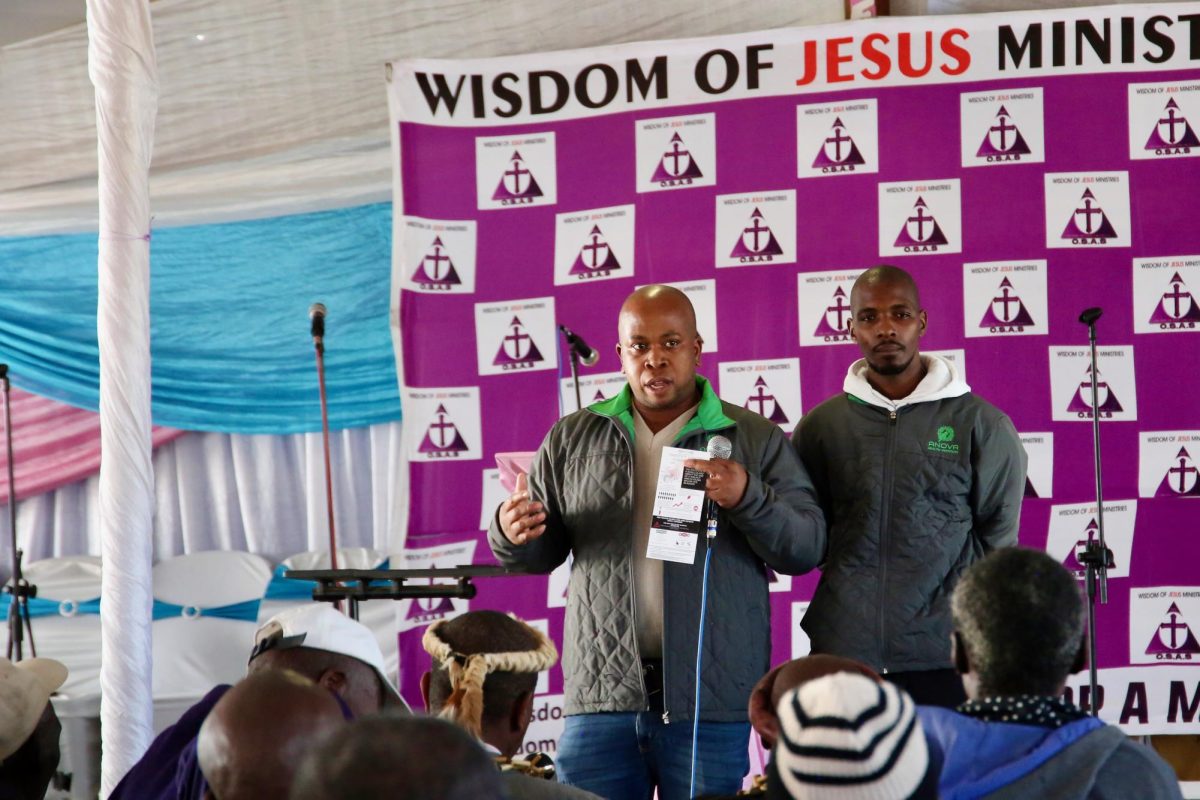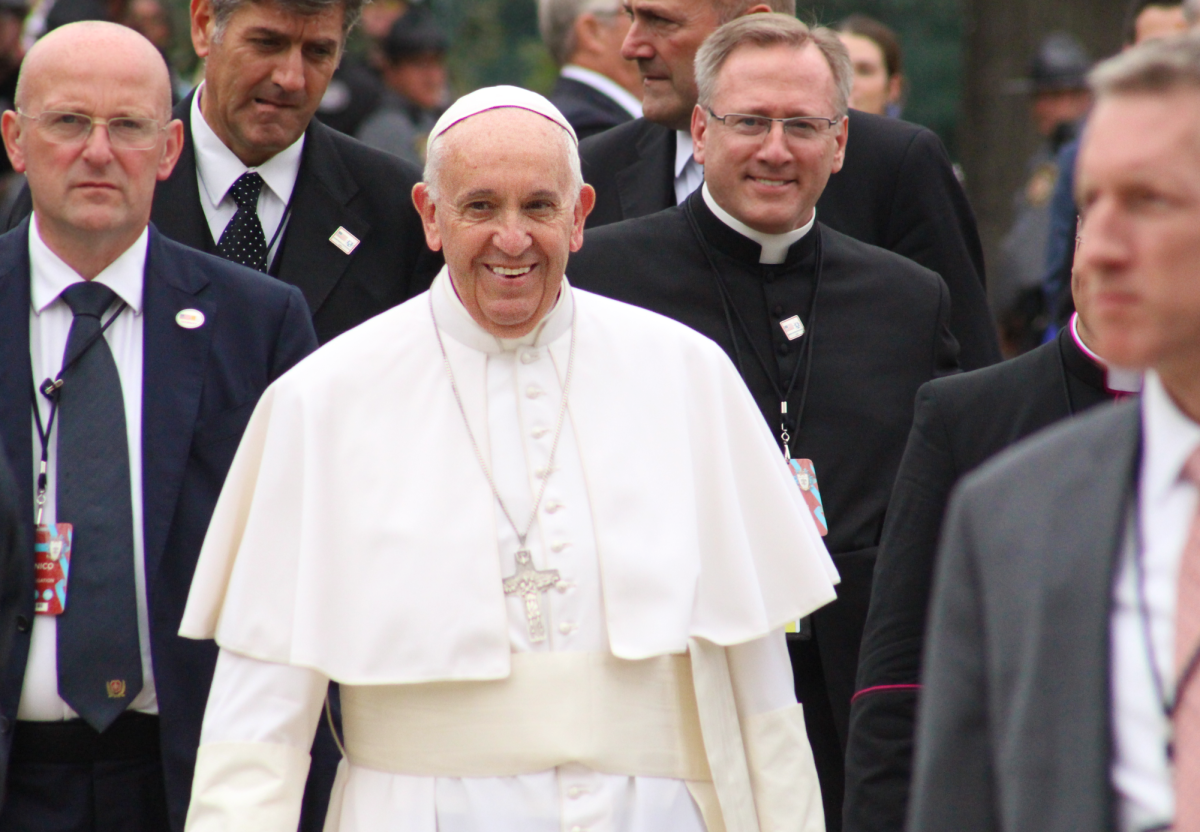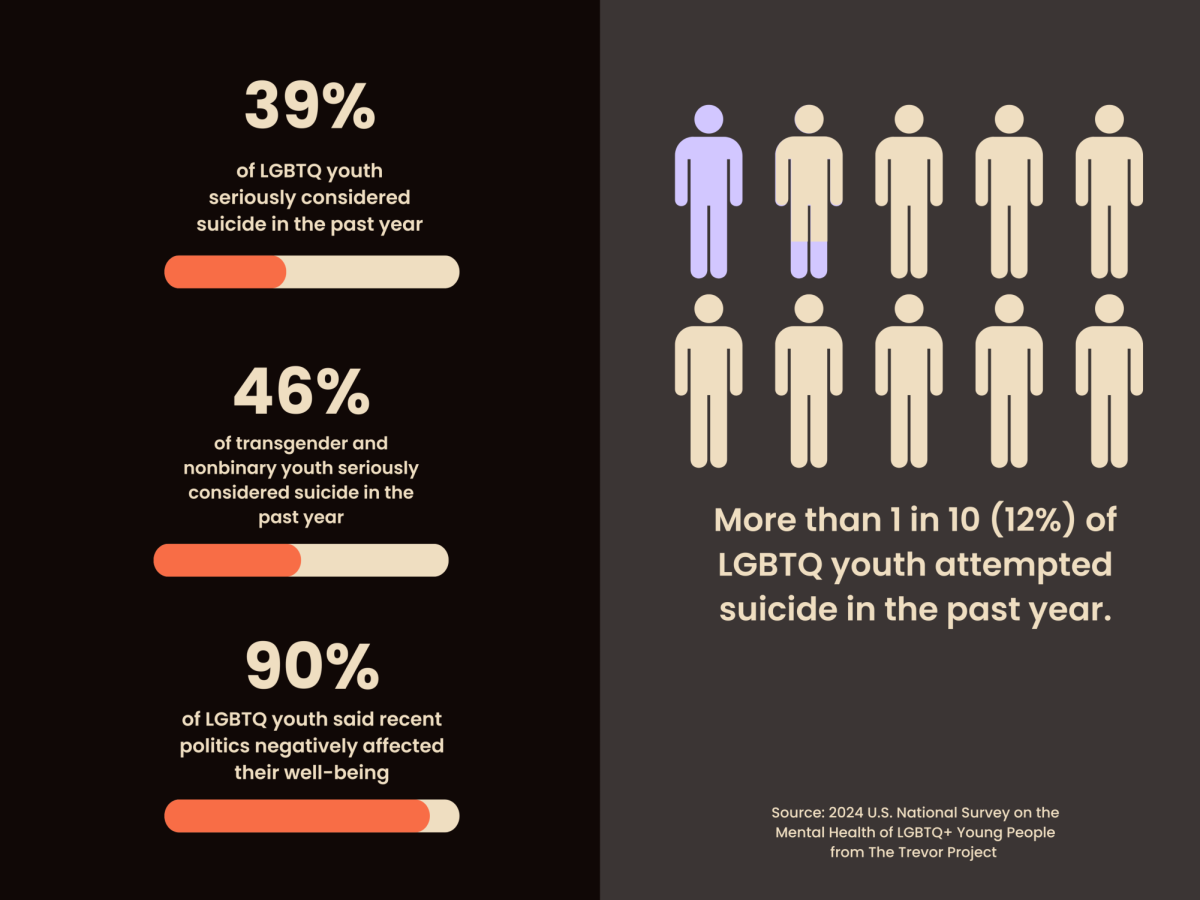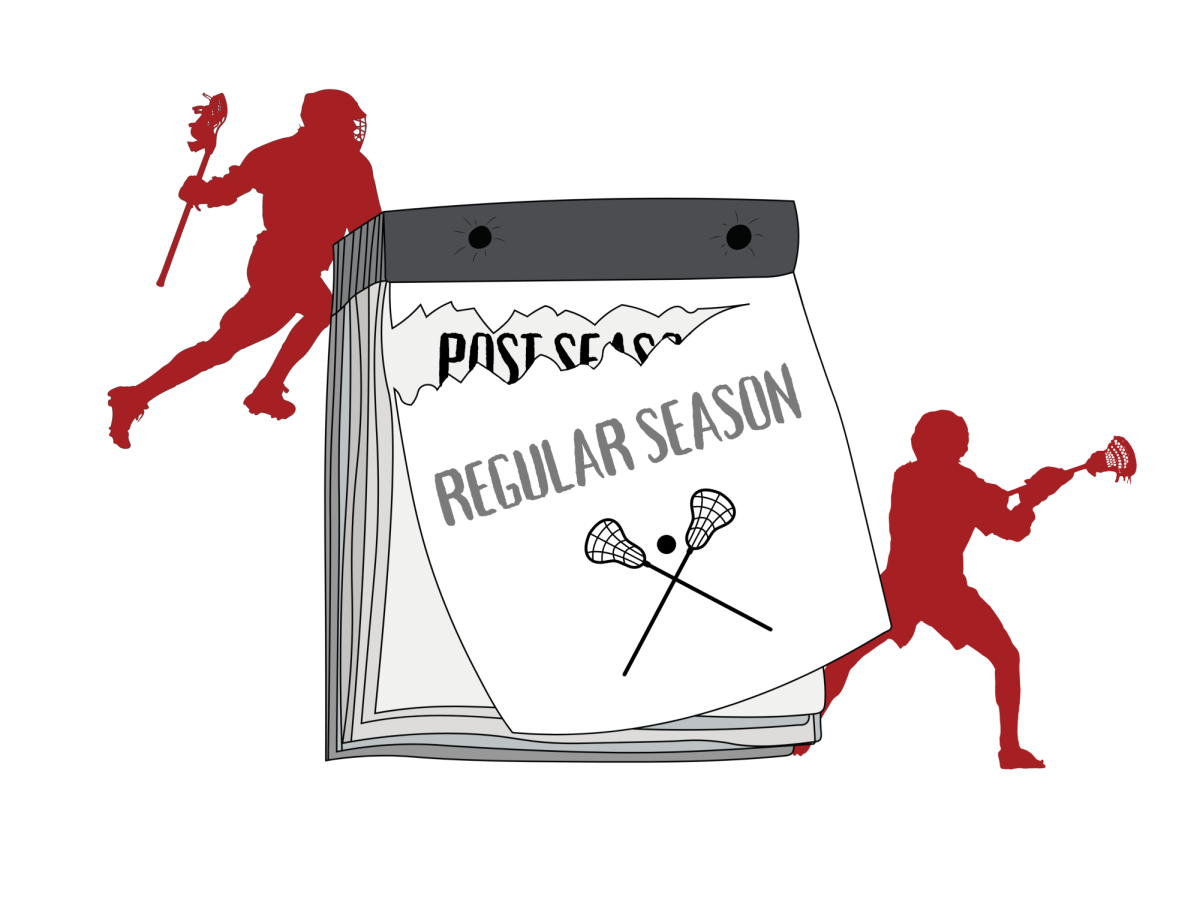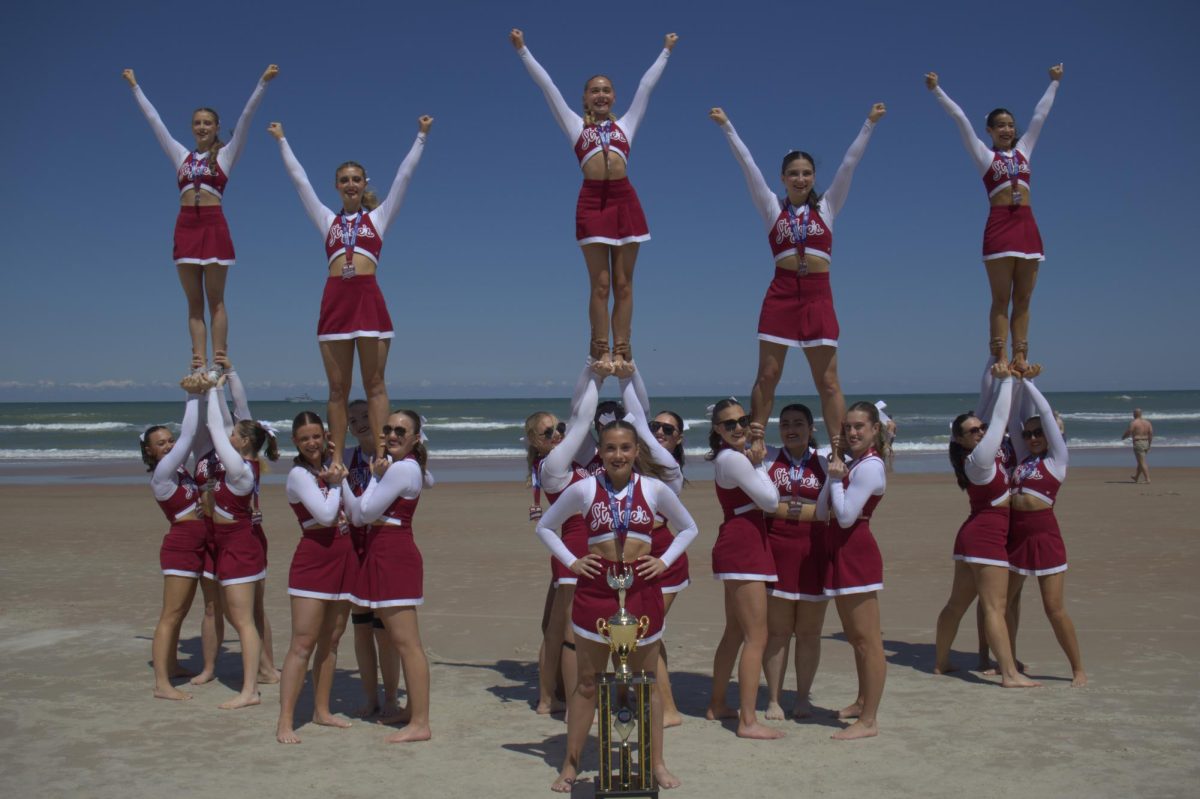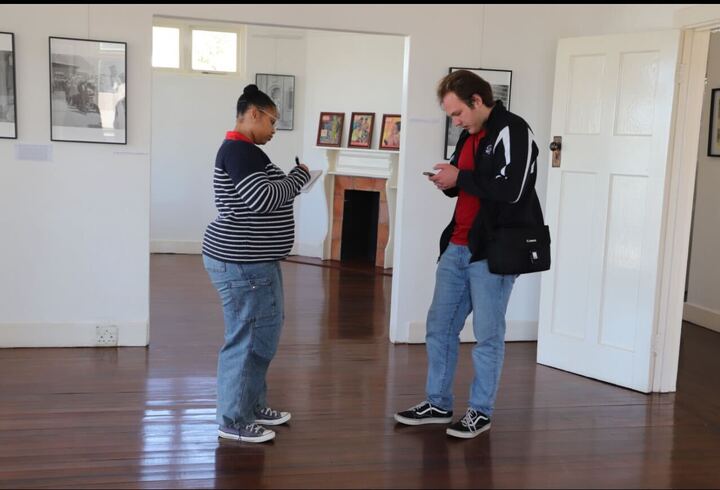St. Joe’s community feels more action is needed for active shooter drill
The most recent active shooter drill on St. Joe’s campus was in January 2016— just over two years ago. The St. Joe’s classes of 2020 and 2021 have not participated in an actual active shooter drill. According to assistant provost Cary Anderson, Ed.D., the university does not yet have a date set for the next campus-wide active shooter drill.
Michael Boykin, assistant director of public safety, said that the university is proactively committed to making the campus a safer place.
“Every time that there is an incident,” Boykin said. “I just want to make sure that folks understand that we in Public Safety take a look at what we should be doing in order to understand what happened in those situations, and, do we have checks and balances here to make sure it doesn’t happen here.”
If there is an active shooter incident on campus, Boykin said both the Philadelphia and Lower Merion police would take between 30 seconds and a minute and a half to get to campus.
“Because of our proximity between Philadelphia and Lower Merion, we have a good response from law enforcement,” Boykin said. “Because we are a nonarmed security force, we have to rely on the local law enforcement to come in and address the perpetrators.”
A campus-wide text message would also go out to all 8,000 cell phones in the St. Joe’s database. Boykin said that it would take anywhere from five to 15 minutes to have the information out to the majority of people on campus.
A 2016 study by the Citizens Crime Commission of New York City found that there has been a steady increase in school shootings on college campuses between 2001 and 2016. The report also found that total school-shooting related casualties nationally have increased by 241 percent during that same time frame.
Mindful of the shooting at Marjory Stoneman Douglas High School in Parkland, Fl. where 17 students were killed by a former classmate, Boykin confirmed that St. Joe’s Office of Public Safety and Security continues to train and inform it officers on how to handle an active shooter situation.
“We train twice a year in a formal manner where we have sit down informational exchanges with our officers, where we go over the processes and procedures of different situations,” Boykin said.
Logistical resources have made it very difficult to perform active shooter drills on a university wide scale, according to Boykin.
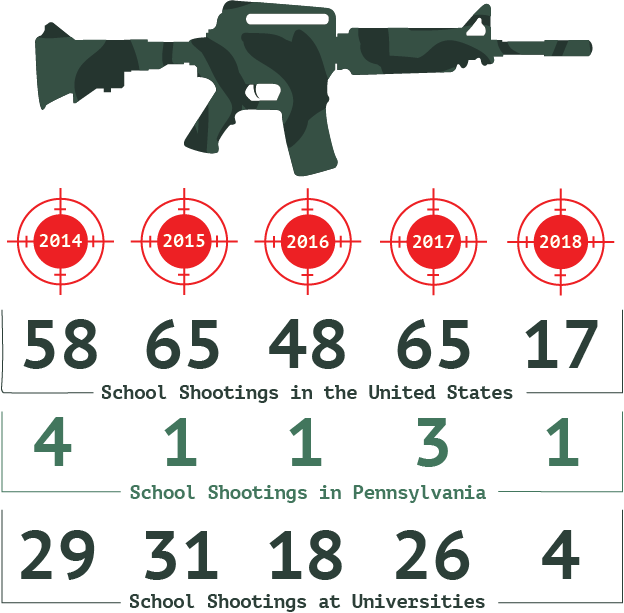
Benjamin Williams ’19 said that no matter the difficulty, these drills should be conducted on an annual basis, because they are the best way to prepare students for a possible active shooter scenario.
“I believe we should do drills on a yearly basis,” Williams said. “I feel like it [an active shooter scenario] is unpredictable.”
St. Joe’s provides the campus community with an active shooter plan via a tab on the Nest, located under the School Services tab in the Emergency Preparedness section. These written guidelines and videos give information on active shooter scenarios. This information also appears on the Public Safety home page.
Williams said that ever since he has been on campus, he has not been aware that there have been active shooter guidelines or videos available for students.
According to Boykin, Public Safety is able to make watching the active shooter awareness video a requirement on the Nest, but the decision to do this has to be approved by the university leadership council.
Williams thinks students should have to watch the videos, but he questions whether they will be an effective tool.
“To tell you the truth, even if you put it on that section of the Nest, students probably wouldn’t read it because they would do what they usually do, check the box and go on their way,” Williams said. “I feel like there should be an active effort, just like fire drills, every dorm has to do a fire drill, and I feel like we should do active shooter drills.”
While students have expressed concern about a lack of information regarding active shooter scenarios, certain faculty members are also concerned about preparedness for an active shooter situation.
Elaine Terry, Ph.D, assistant professor of mathematics, said she does not currently feel comfortable with the prospect of handling an active shooter situation. Terry said she thinks the university could find a way to incorporate active shooter information into faculty syllabi, so it can be discussed at the beginning of each semester.
“I think we should have some announcement that we make to the students every year,” Terry said. “Even if it’s at the beginning of each semester. It’s an uncomfortable topic, but it’s something that we need to discuss: this is what happens if something like this occurs, and this is what we are supposed to do.”
Emma Brenner ’20 said she has not been educated about active shooter scenarios since coming to St. Joe’s and was unaware that the university had guidelines or videos available to students.
“I think there needs to be more attention on what is happening in our country, in regards to active shooters, and I think having them [the university] tell us specific guidelines would make a lot of people feel better,” Brenner said. “It would make it feel like the university is paying attention to the big issue, which is gun violence.”
Boykin said he is optimistic that the St. Joe’s campus community, including public safety officers, would be able to handle an active shooter situation.
“I am hopeful that we have enough information out there, especially with the news media reporting on all these occurrences,” Boykin said. “I would hope that people would avail themselves of the training videos and everything else going on.”



